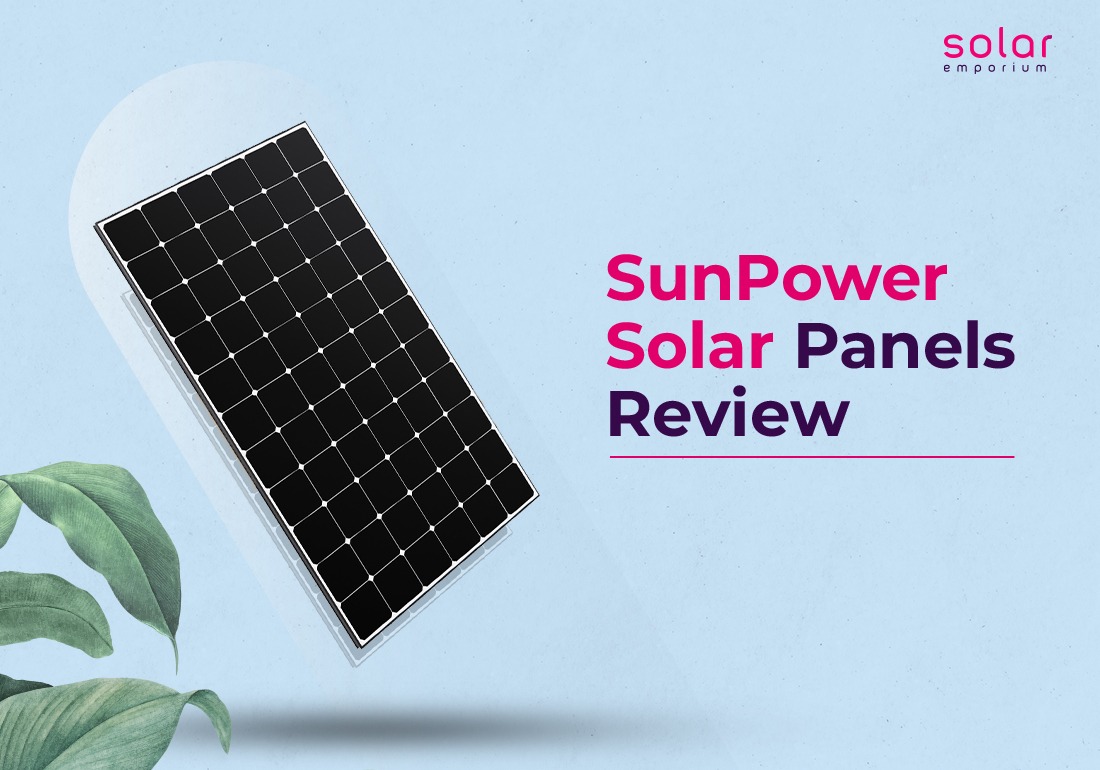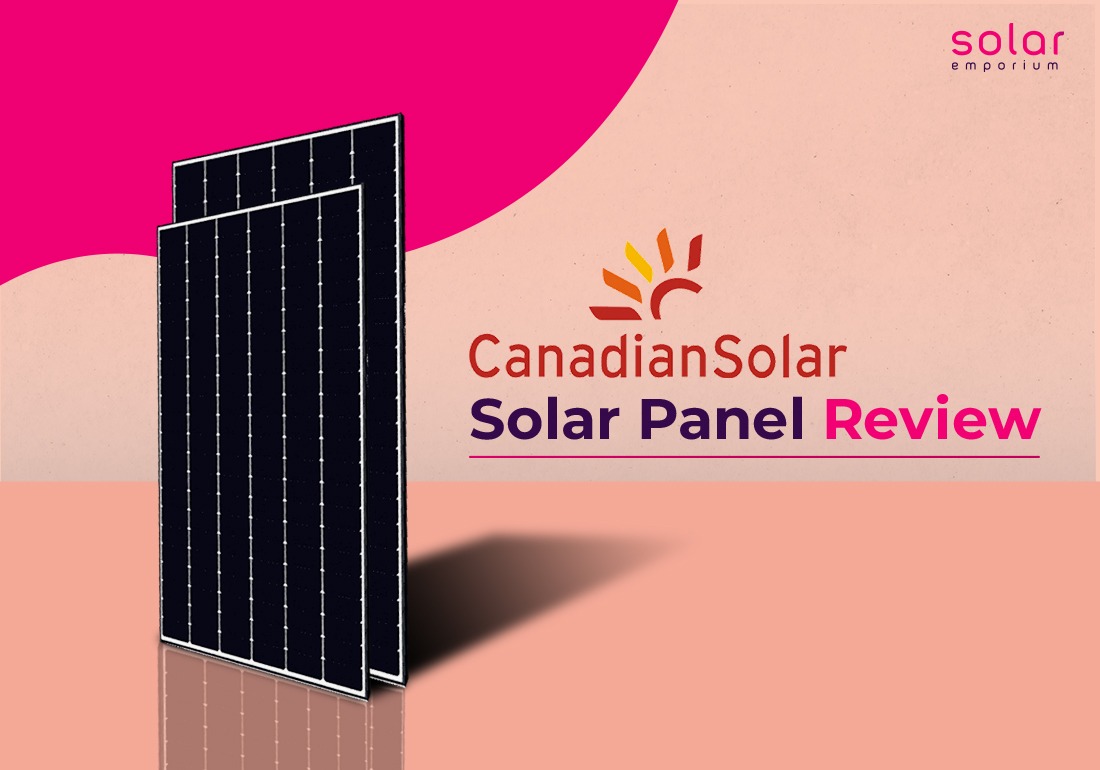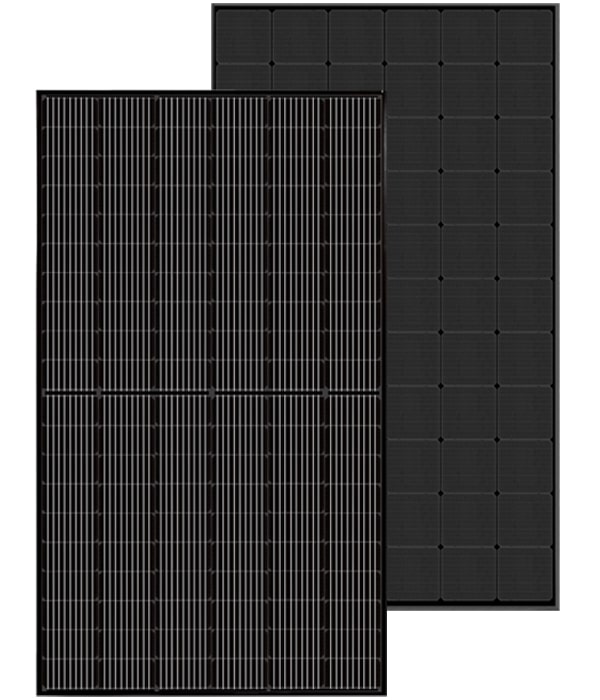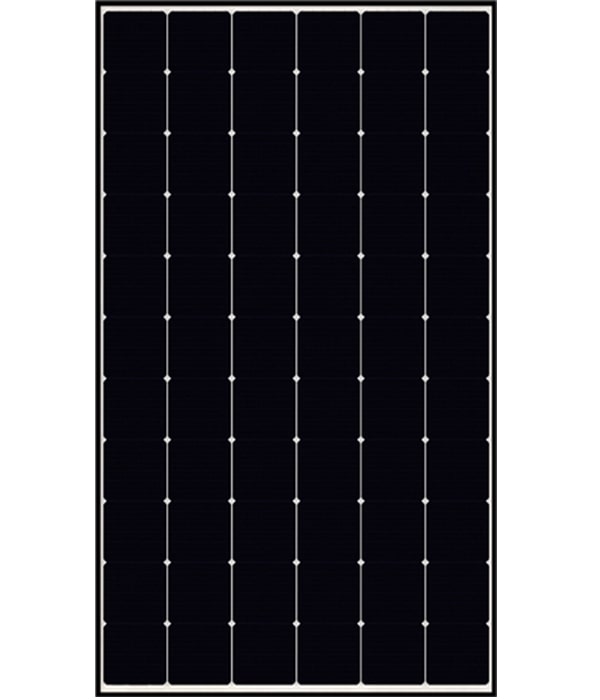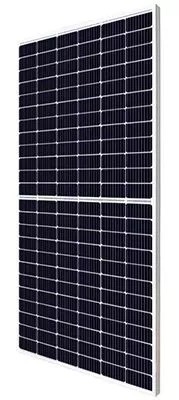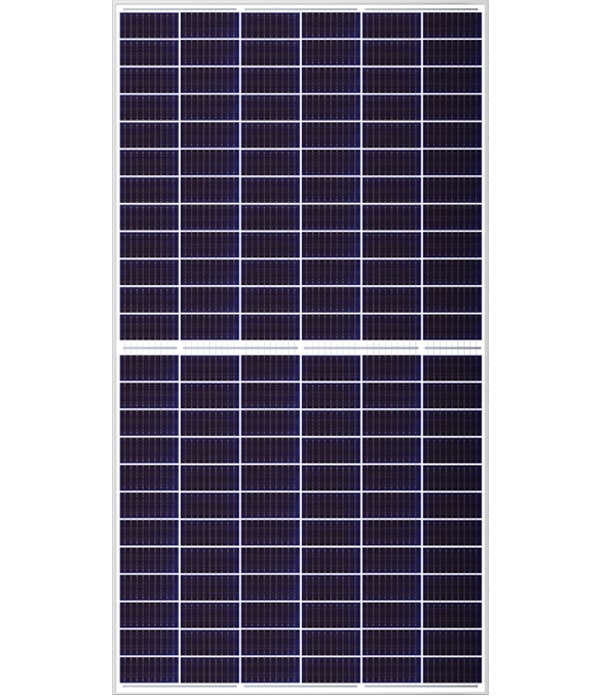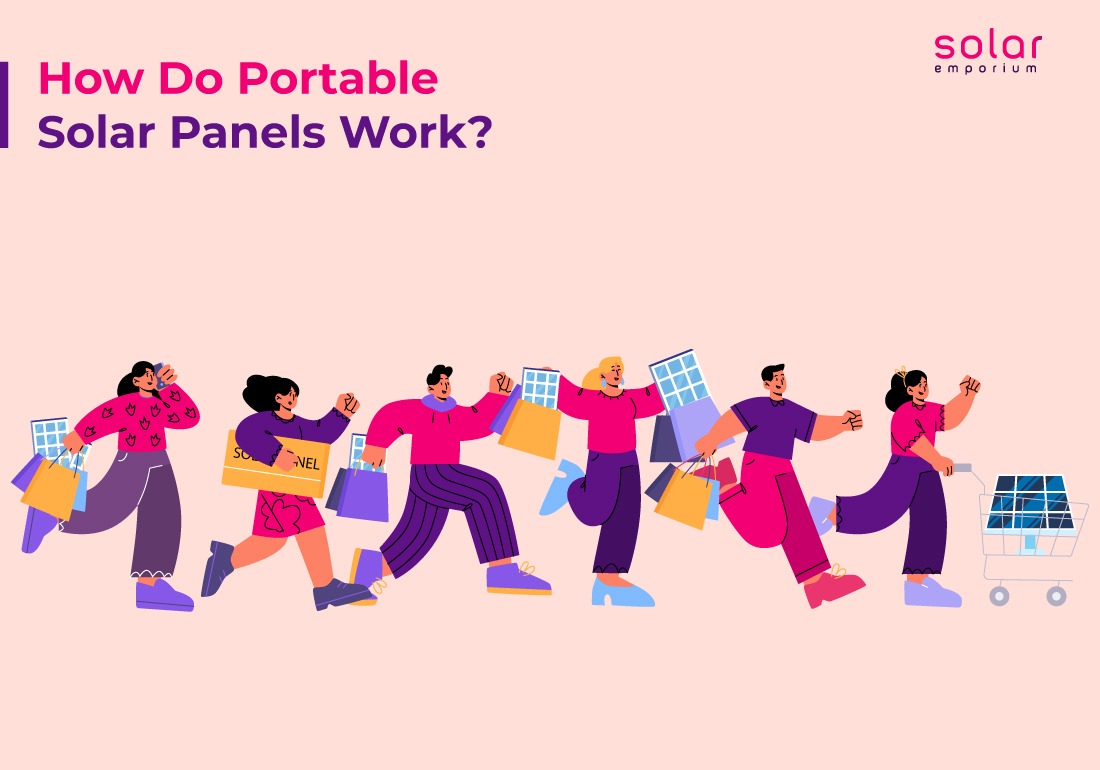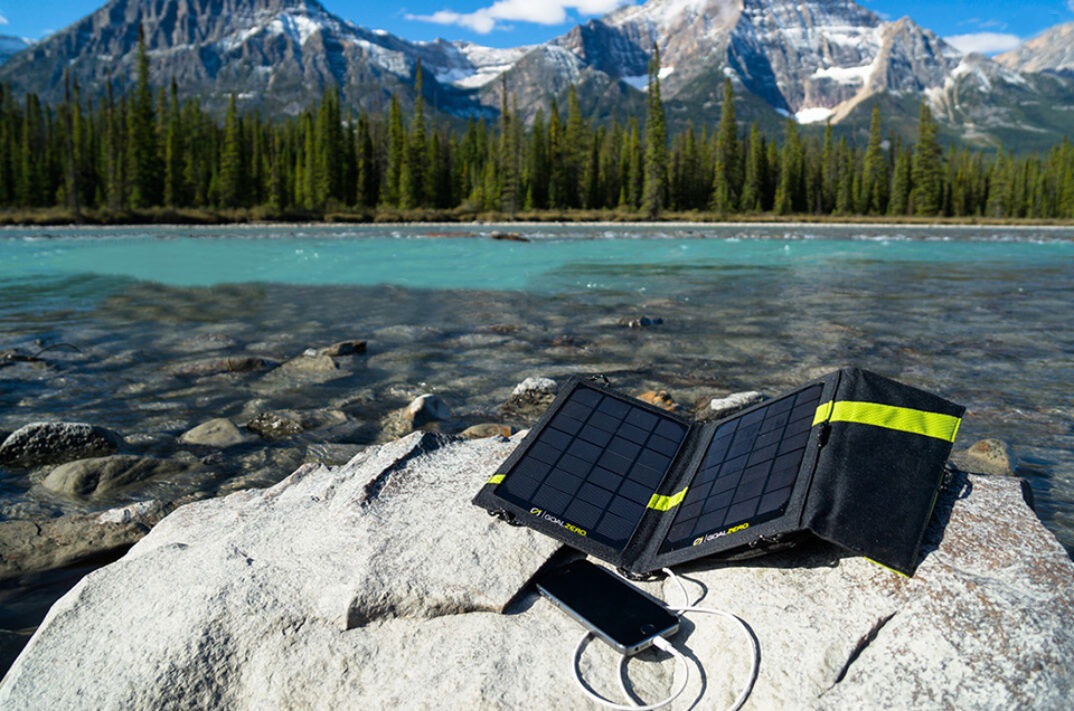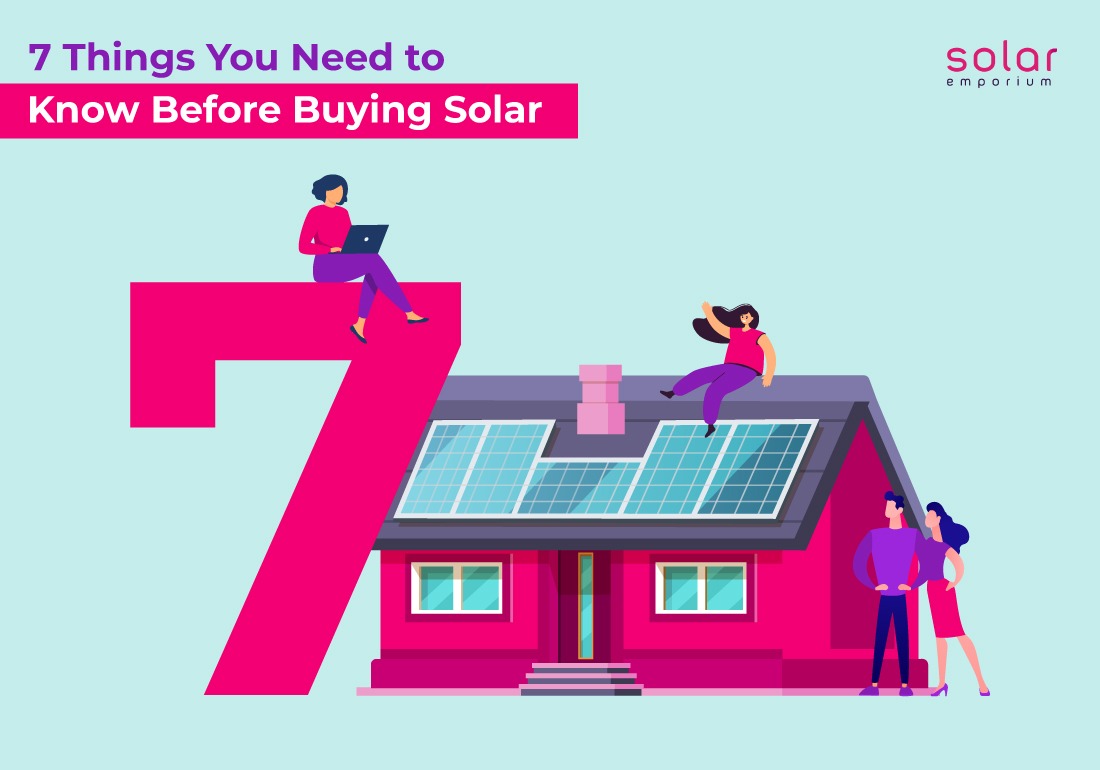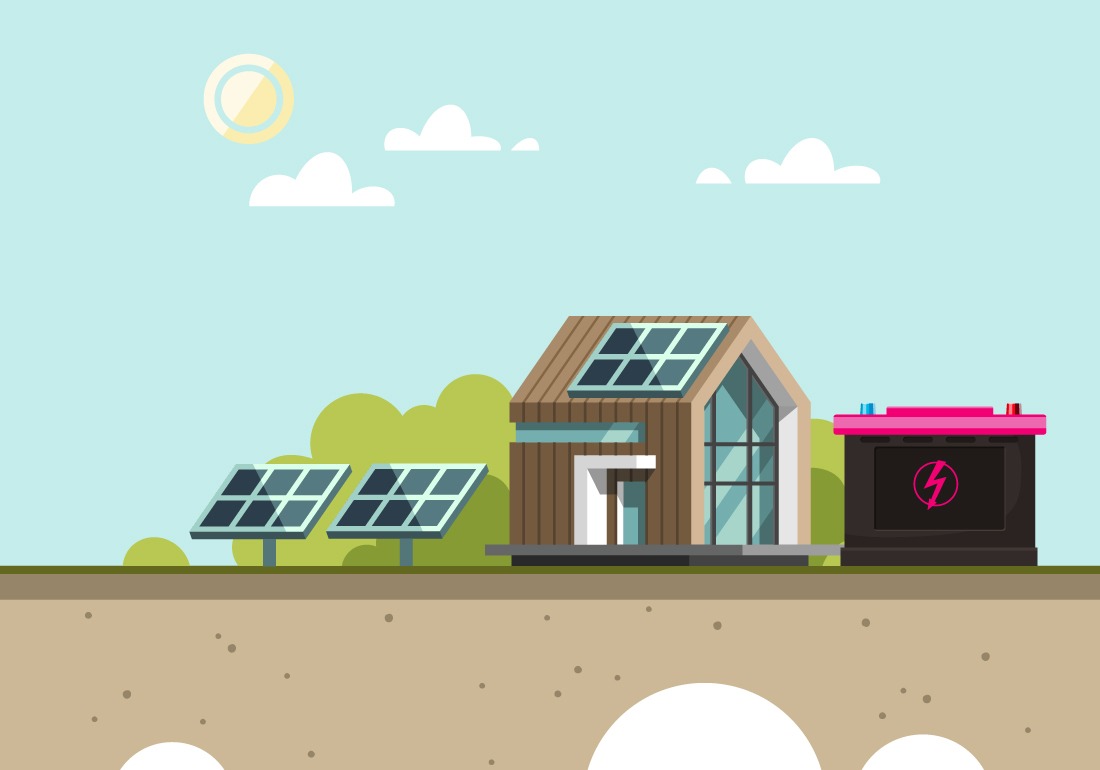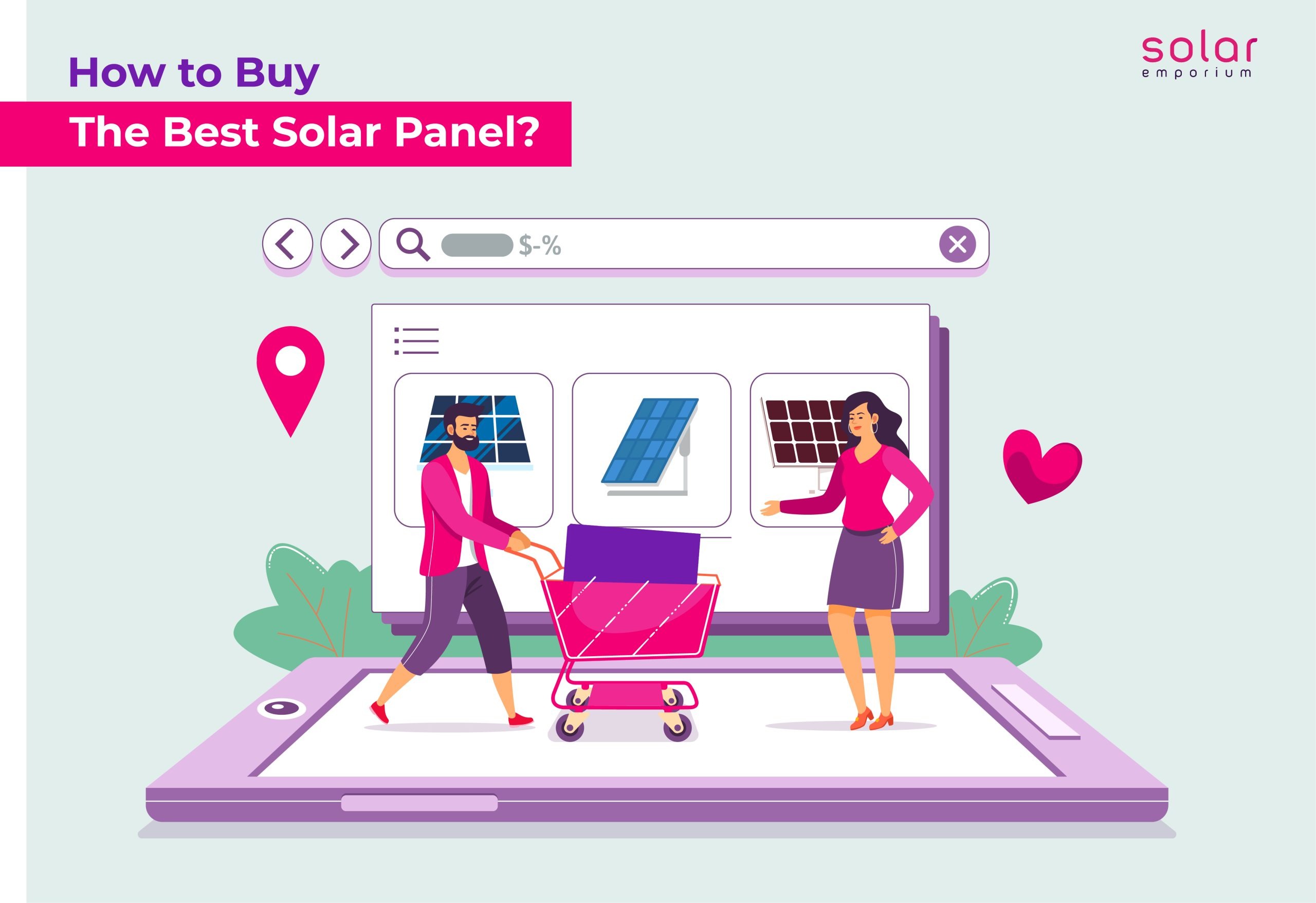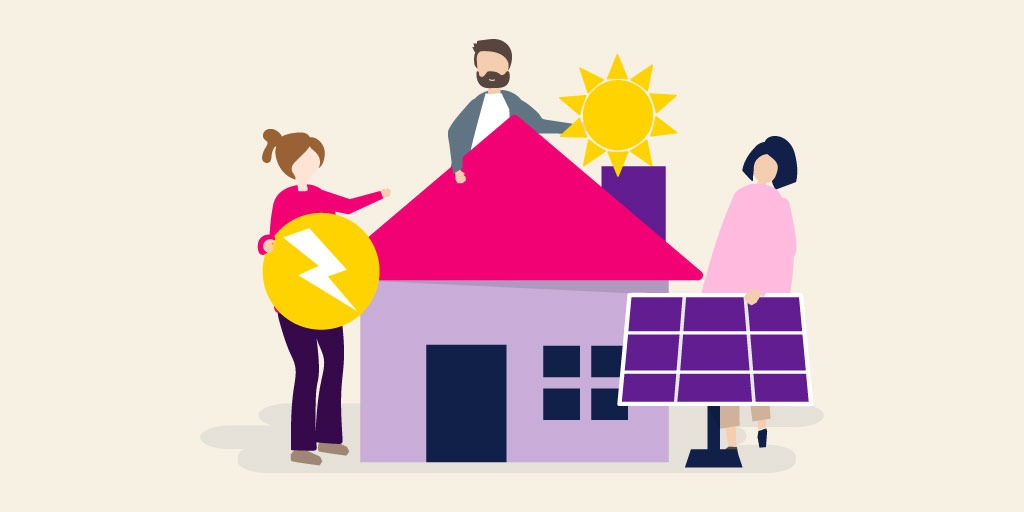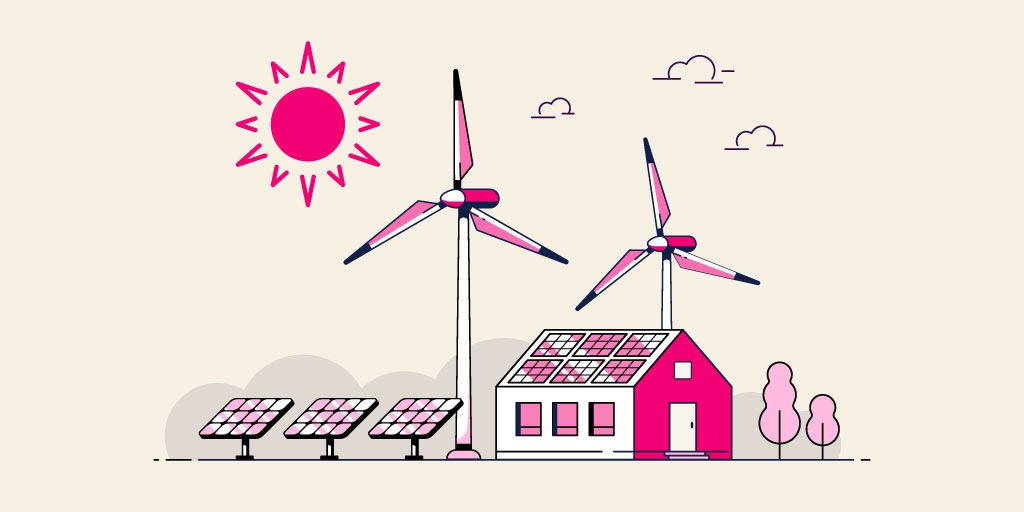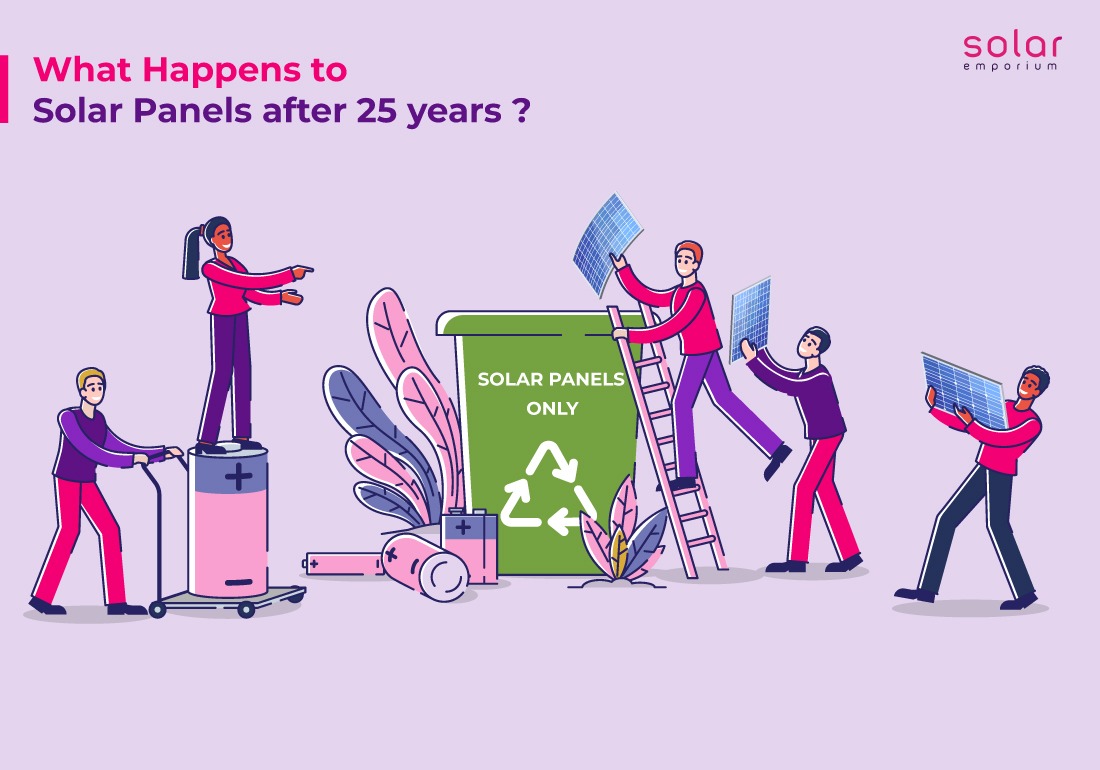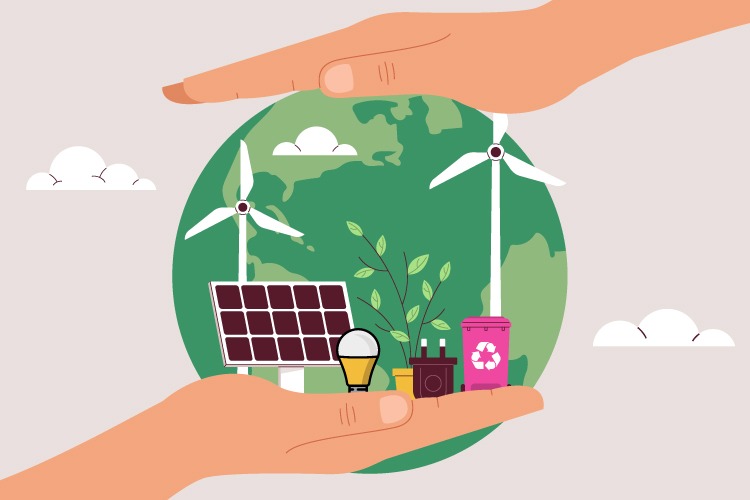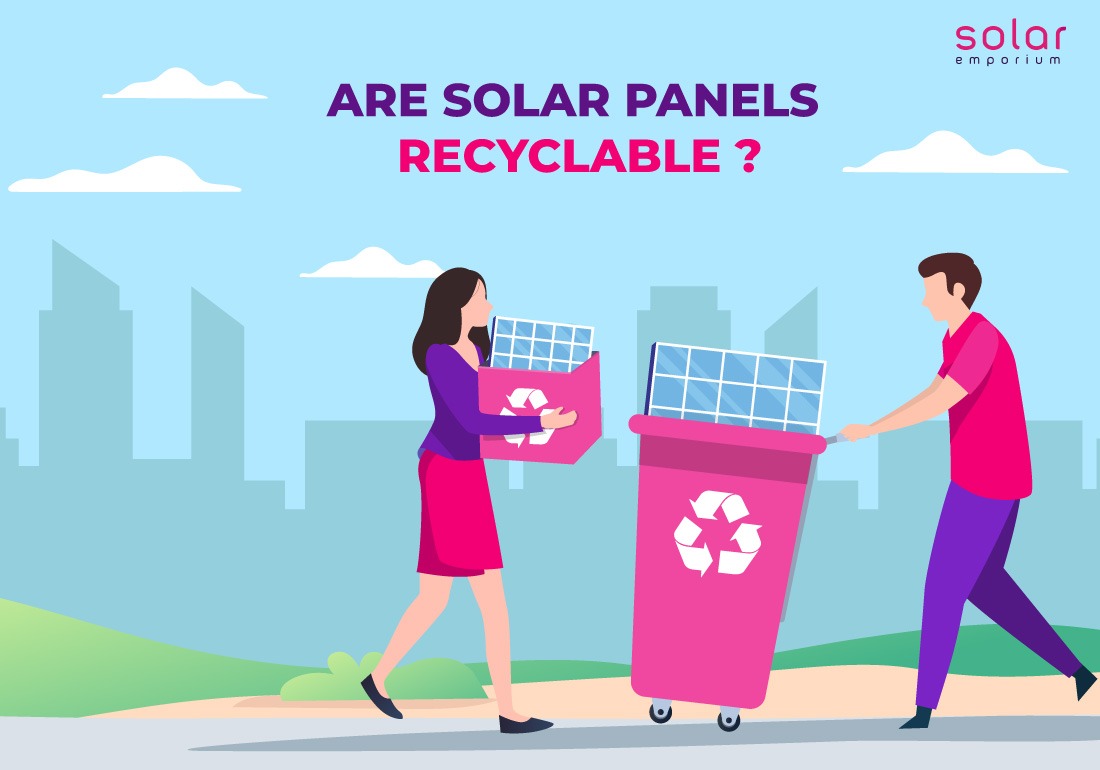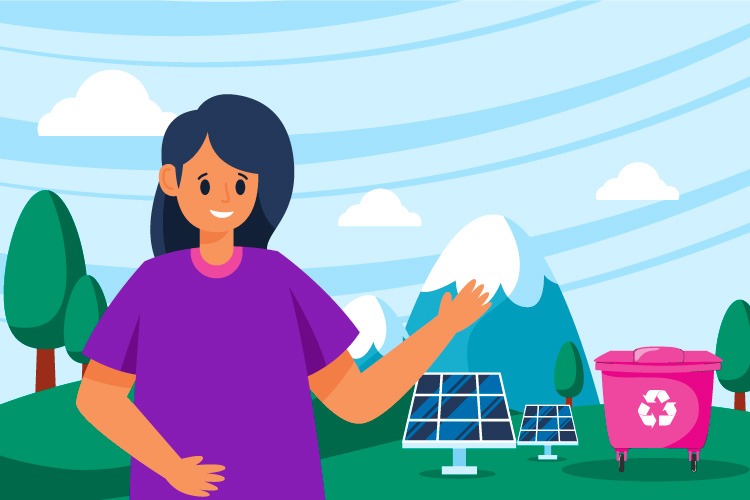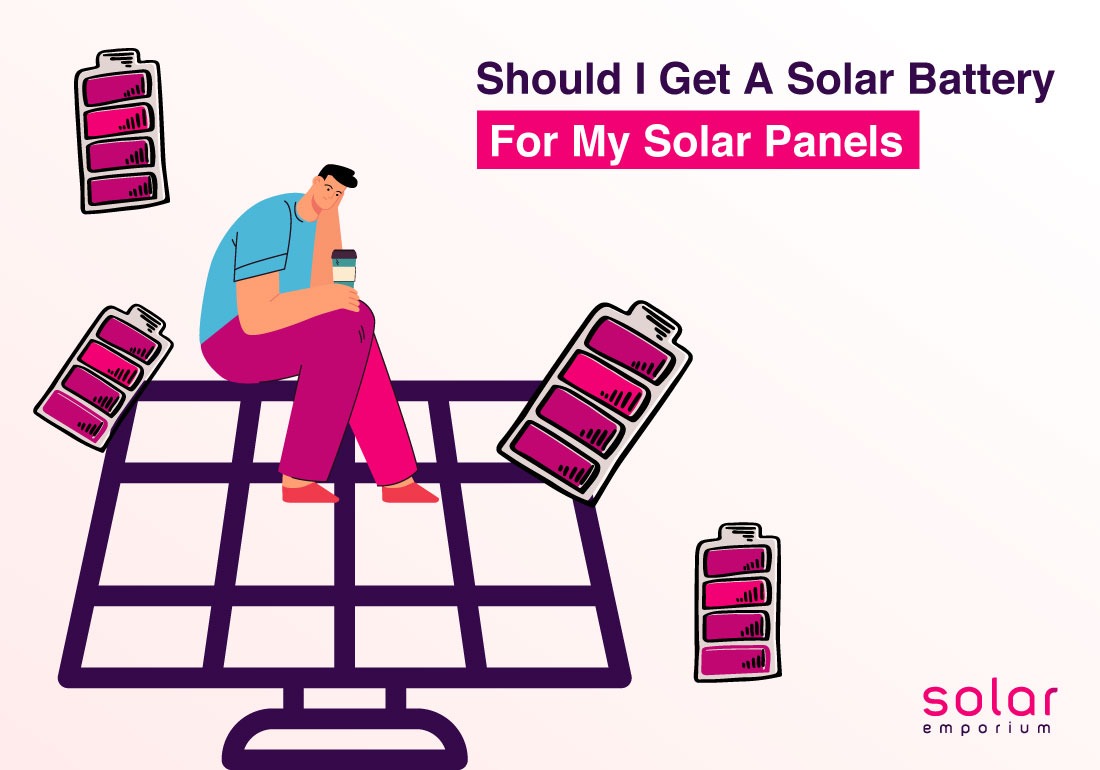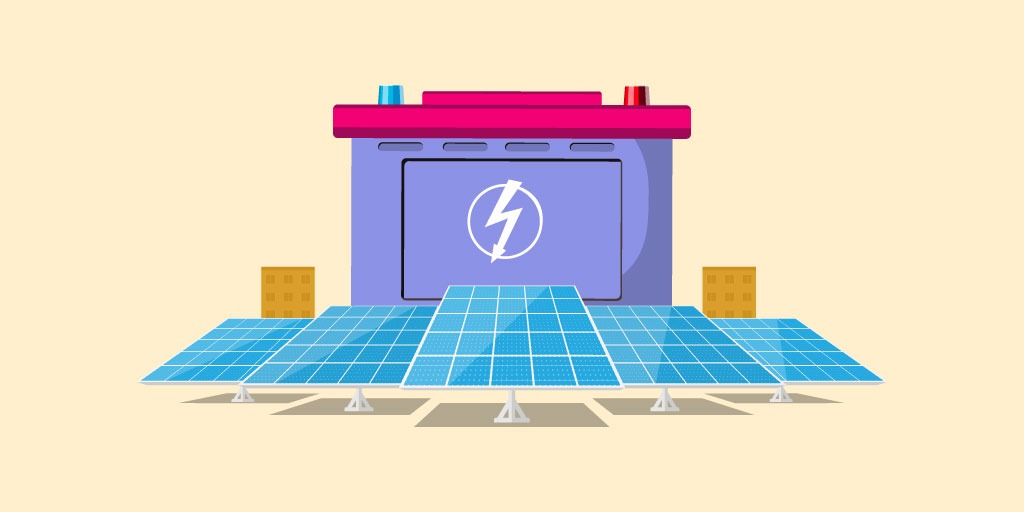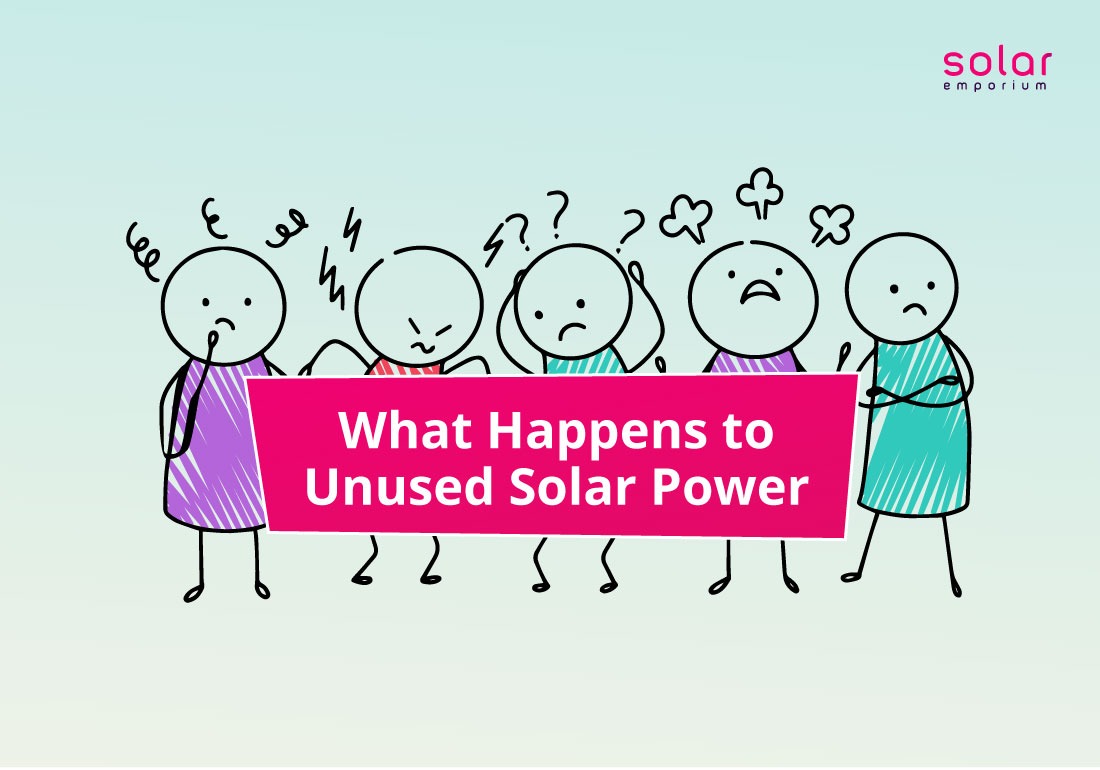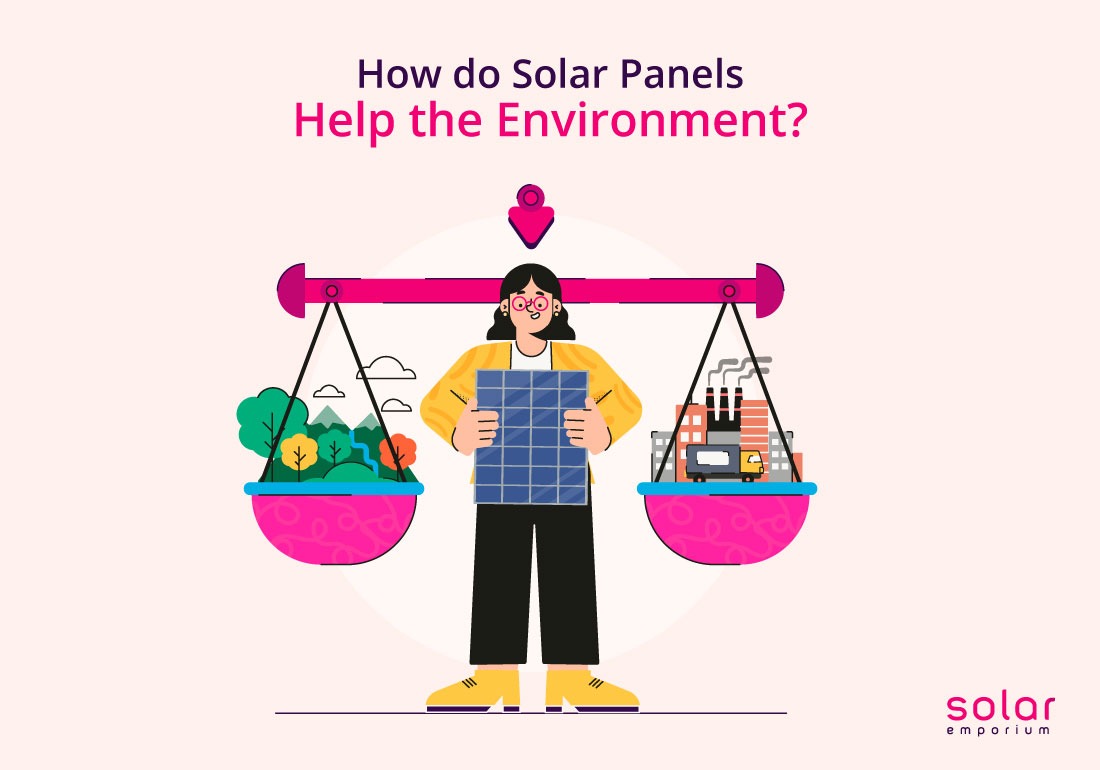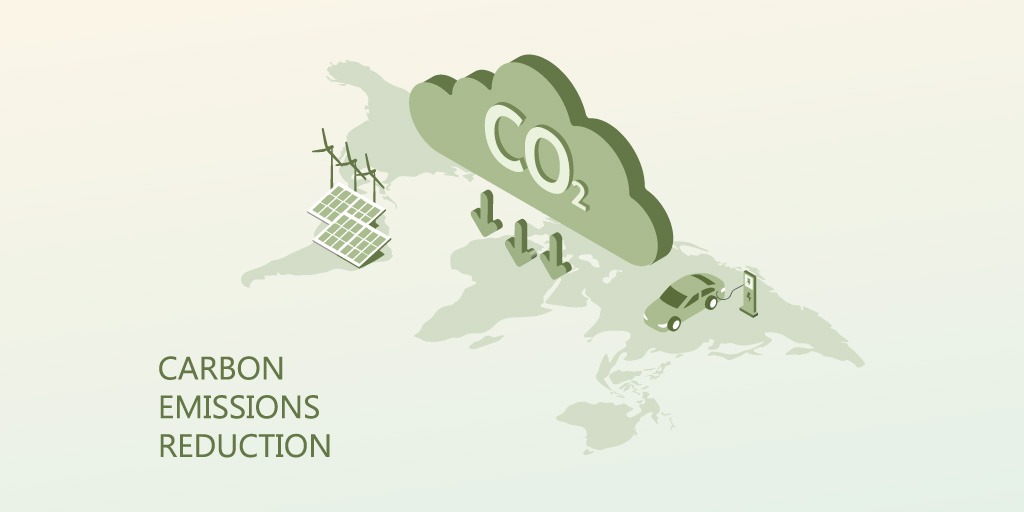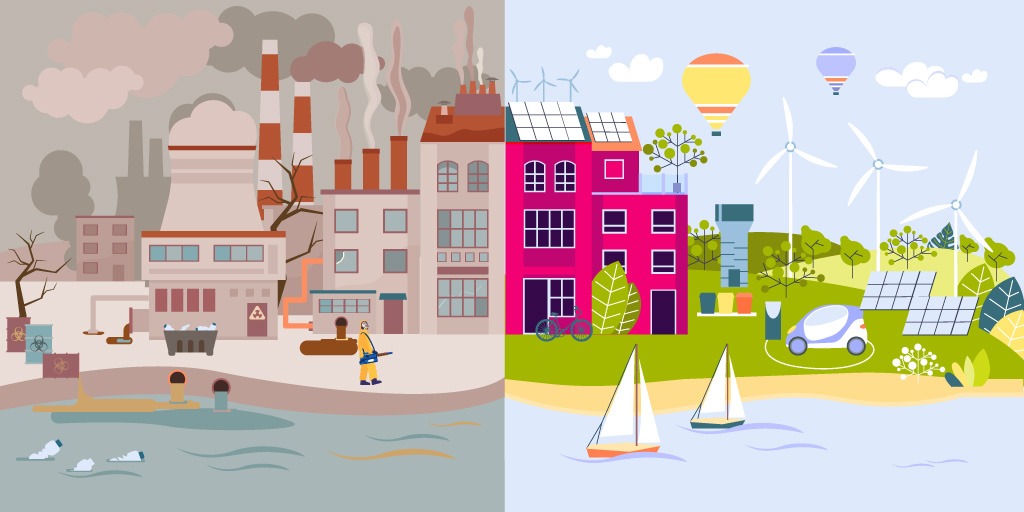SunPower Solar Panels- How it All Started
About SunPower Solar Cell Technology
On the basis of pure tech advancements, there is no denying SunPower research and development team has been doing the most with the utmost quality assurance. 22.8% panel efficiency is the best in the market and undefeated so far, and that, paired with 420W panels, seems like a match made in heaven. Not only that, their cell technology of Maxeon cells, IBC cells and shingled cells are spectacular.
Let’s get to know them in brief-
Maxeon Cell Technology
Everything is held together by a strong foundation of tin-plated copper on the back of the solar cells. To make their solar panels even more effective, they employ the purest silicon that is created exclusively for solar panels. The Maxeon cells absorb sunlight with their distinctive light-trapping surface, which is also anti-reflective.
The metal gridline that was attached to the front of the solar panels was removed. Because of this, Maxeon cells have fewer shading issues and have a very posh appearance when installed on a rooftop. As said before, they are powered by a solid copper backing, and each cell is joined to the next by thick connectors called strain relievers. These are not always affected by heat; as you know, metal expands in extreme heat.
Maxeon solar cell technology has nearly eradicated the shattering and rusting problem, which historically prevents many solar cells from operating to their full potential. They have a special design that eliminates 85% of the problems that cause conventional cells to fail. SunPower may cost a bit more upfront, but you will enjoy the rewards in the long term.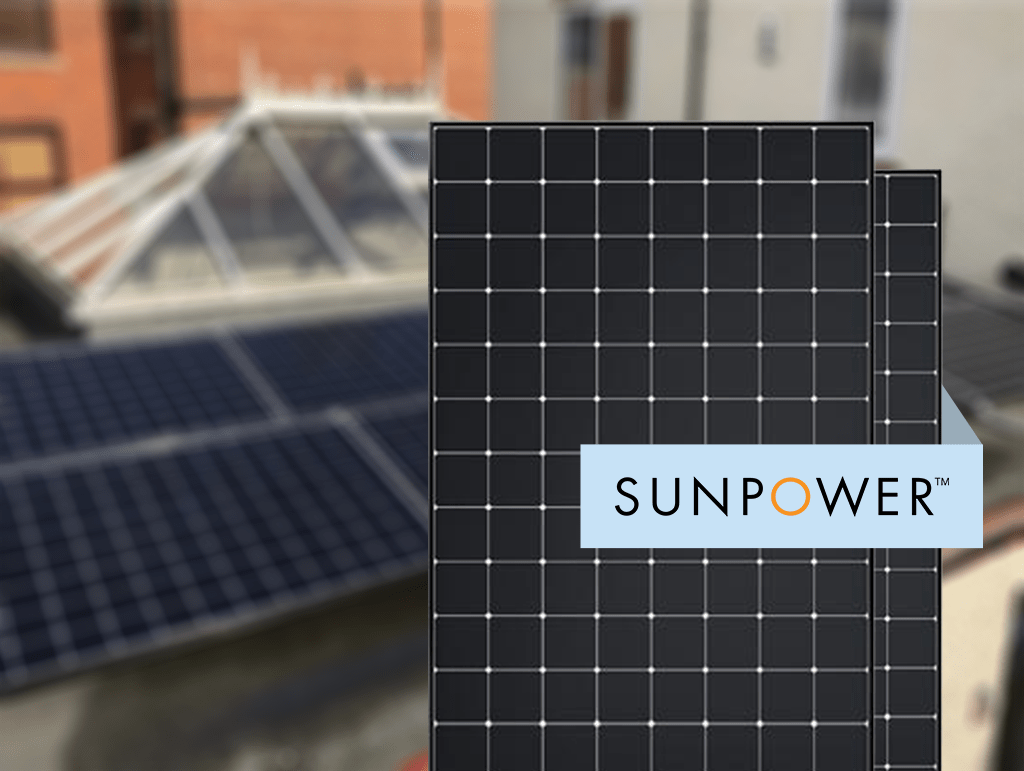
IBC Solar Cells
IBC, or interdigitated back contact, is a form of solar cell that, in contrast to conventional solar cells, converts energy from the cell’s forward contact to the rear contact. In contrast to conventional solar cells, this technique enables the whole front portion of the solar cell to function as a vessel for absorbing sunlight without wasting even a single inch of space.
One of the main reasons for efficiency loss is shading issues, which are caused by exposure to heat with metal gridlines. SunPower unveiled their market-leading IBC cell technology to completely eliminate this.Shingled Cells
Top Modules of SunPower Solar Panels
Here are some of the top models to choose from –
Maxeon 6 AC Solar Panel (Datasheet)
- Factory-integrated microinverter (technology of Enphase)
- −40°C to +60°C operating temperature
- 66 Maxeon 6 cells integrated
- 22.8% efficiency rating
- Backed up with 40 year product and power warranty
- Works even in low light conditions
- Weatherproof
- 25 year of inverter warranty through Enphase
- Class II double-insulated, corrosion-resistant polymeric enclosure for the inverters
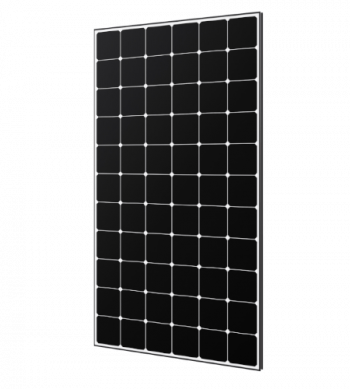

Maxeon 6 AC Solar Panel (Datasheet)
- 22.7% efficiency rate
- SunPower warranty of 40 years (power & performance)
- High-transmission tempered anti-reflective glass
- Can withstand any harsh weather
- Ammonia and dessert tested with ISO certification
- −40°C to +85°C operating temperature
- Class C fire rating per IEC 61730
- Maximum power degradation of 0.25% annually
Performance 6 Solar Panels (Datasheet)
- 21.1% efficiency rate
- 25-years product warranty (complete confidence warranty)
- Monocrystalline PERC solar cells
- IP 68 rating
- Black anodized aluminium alloy frames
- LID-resistant solar cells
- Hot spot resistance
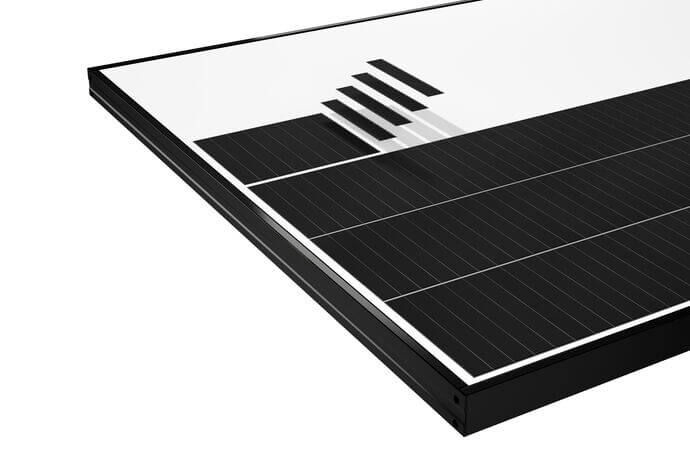
Specifications At a Glance
| SunPower Maxeon 6 AC | SunPower Maxeon 3 DC | SunPower Performance 6 | |
|---|---|---|---|
| Power (W) | 420 -440 | 415-430 | 395-415 |
| Cell Type | Monocrystalline | Monocrystalline Maxeon Gen 3 | Monocrystalline PERC |
| Efficiency (%) | 22.8 | 22.7 | 21.1 |
| Weight (KG) | 19 | 20.04 | 18.6 |
| Operational Temperature Range | ?40℃ to +60℃ | -40℃ To 85℃ | -40℃ To 85℃ |
| Annual Power Degradation | Not More Than 0.25% | Not More Than 0.25% | Not More Than 0.45% |
| Product Warranty | 40 Years | 40 Years | 25 Years |
| Performance Warranty | 40 Years | 40 Years | 25 Years |
| Weight (KG) | 21.8 | 21.2 | 21 |
Points of Difference and Areas to Improve for SunPower
Pros
- Their creativity and use of the Maxeon IBC cells to boost panel effectiveness and efficiency are unprecedented.
- Peace of mind for decades to come with their 40 year warranty with flagship Maxeon panels and industry-standard warranty of 25 years with value-line solar panels.
- No other brand has achieved the highest level of efficiency in the residential solar panel category, which is 22.8% while using the purest silicon in their Maxeon series.
- With their latest AC modules, enjoy the perks of microinverters which allows each panel to work individually rather than in a series, reducing their chance of facing shading issues ten folds. This technology has been brought to you in collaboration with the pioneers, Enphase microinverters.
- Maxeon series, which also won the first-ever Sustainability Award from PV magazine because of their excellence in participating for the growth of clean energy.
- 0.005% chance of you returning your SunPower solar panel, statistically speaking.
- Various certifications, such as Cradle to Cradle and ISO, were obtained for their outstanding performance and efficient solar panels.
- Aesthetically enticing appearances to provide the homeowners’ roofs with a stylish outlook.
- As the solar panels can range up to 440W per panel, with less roof space, you can have twice as much power output in comparison to regular solar panels available in the market.
- Bloomberg Tier-1 solar system ranking for the company is present.
Cons
- SunPower solar panels come at a higher price point which can be considered a disadvantage; then again sustainable energy source of such calibre is an investment. Investments with insane ROI come at a price.
SunPower Solar Panel Warranty
With a whopping 40 years of product and performance warranty with all the solar panels except the more affordable performance panels is astounding. As their panel return rate is already only 0.005%, where they sold over 30 million units, the company has confidence in its products which shows with such a long warranty period backup. Also, their degradation rate is 0.25% only which is impressive.
Certifications and Achievements
SunPower solar panels are proud holders of many achievements and certifications so far, which further strengthens their claim to be one of the best in the category.
The company has the Bloomberg Tier-1 ranking, which is proof of their financial solvency. This is an important marker when it comes to backing up such a huge warranty claim of 40 years. A bankrupt or soon-to-be broke company cannot provide you with the confidence to keep this promise.
Also, they are PV evolution labs, one of the top performers. This proves their products are of top-notch quality. It indicates that in various weather conditions and in different situations, SunPower solar panels will still perform as expected. Point to be noted- this is a voluntary test in which SunPower participated at their own accord.
SunPower solar panels also have an Australian office which is great for any emergency queries. All in all, they do back up their claim of being an amazing of a solar panel manufacturer. In this SunPower solar panel review, we pretty much covered all aspects of it.
Want to grab the opportunity to know more about how you can get your hand on such an amazing product yourself? Get in touch with us today and claim a FREE consultation session.
